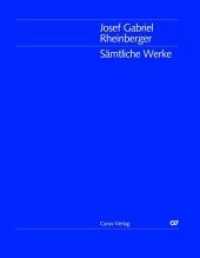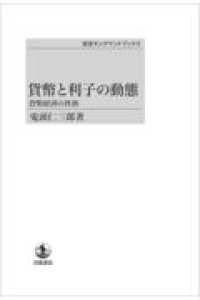- ホーム
- > 洋書
- > ドイツ書
- > Social Sciences, Jurisprudence & Economy
- > Environment, Agriculture, Forestry
- > Agriculture & Gardening
Description
(Text)
The demand for optimum Agrostis stolonifera var. palustris (creeping bentgrass) putting greens requires golf courses' to manage inputs closely. Challenges include low mowing heights, heat stress, traffic, and viable irrigation sources to manage creeping bentgrass. A factorial field experiment was designed on a Crenshaw putting green during the summers of 2010-2012 in East Lansing, MI comparing irrigation and mowing frequencies with and without a wetting agent. Daily irrigation replenishment of 30, 60, and 90% evapotranspiration (ET) measurements were compared for irrigation use efficacy while maintaining quality playing conditions and turfgrass health. Daily single and double mowing frequencies were compared for long-term aesthetics, pest populations, and playability when mowed at 0.3175 cm (0.125 in). Monthly applications of a wetting agent (Revolution®) were compared to untreated plots. Playability and overall aesthetics were characterized by weekly measurements of ball roll distance, percent volumetric water content (%VWC), and visual quality ratings (1-9). Annual soil measurements included water drop penetration (WDP) test and total microbial biomass (TMB).






